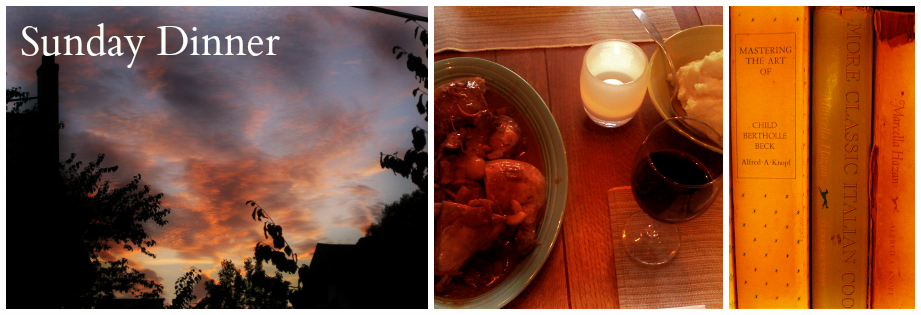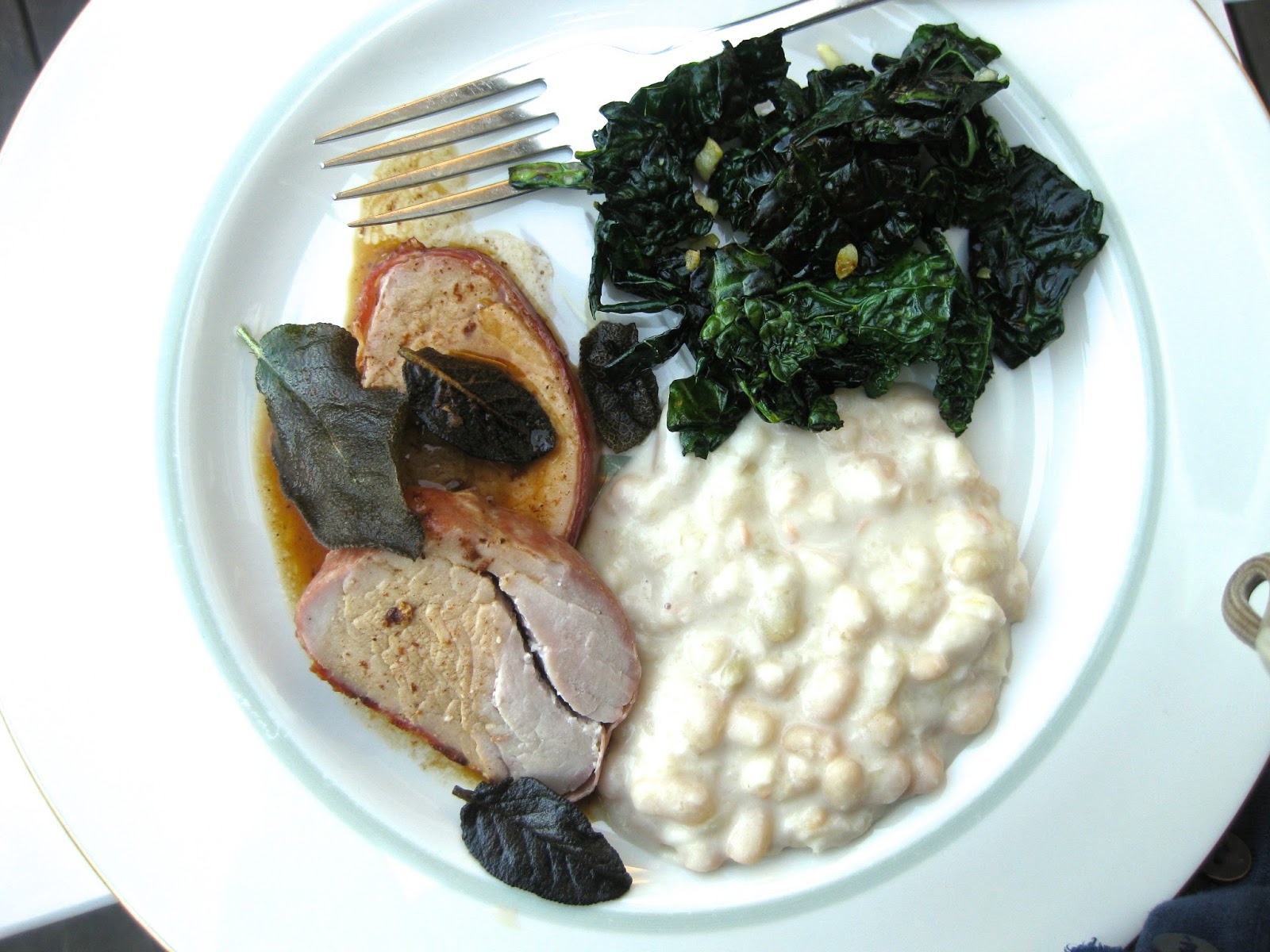"Archaeological evidence suggests that pancakes are probably the earliest and most widespread cereal food eaten in prehistoric societies. The pancake's shape and structure varies worldwide."
-Wikipedia, "the true source of knowledge..."
 |
| Are you ready to learn the structure for the perfect pancake? |
 |
| Blueberry Pancakes every Sunday - the Cast Iron Skillet Variety |
 |
| Of all the recipes taped to the cupboard door, this one is the most aged... |
 |
| Only a cast iron skillet can produce such a crispy, melt in the mouth pancake edge. |
Linda McElroy's Skillet Pancakes
For 4 large pancakes: adjust ratios as you like for more or less.
1 egg
1/2 C buttermilk
1/2 C regular milk
1/2 C white flour
1/2 C whole wheat flour
1 Tbsp brown sugar
1 tsp baking powder
1/2 tsp baking soda
Optional: handful blueberries
1. Mix the dry ingredients together in a large bowl.
2. Whisk milk with egg thoroughly, stir into dry ingredients.
3. Preheat your skillet so it's quite hot but not smoking, and put a couple of generous tablespoons of oil in the pan until it's shimmering hot. If the pan's not hot enough to start out, your pancakes won't get nice and crispy brown. Don't skimp on the oil, either, if you want the melt in your mouth edges. A 9 inch cast iron skillet is great for ladling in batter to form one big pancake, about 7 inches wide.
4. Right after ladling in the batter and hearing a good sizzle, turn the heat down fairly low. Drop some blueberries in the batter, if using. Cook the first side longer than the second - wait for the bubbles to appear in the batter and lift up the edge to see if it's brown enough for you, then turn with spatula. Cooking time is anywhere from 5-7 minutes total.
Obviously: serve with lots of (real) maple syrup and salted butter.
Don't ignore the things I wrote in bold lettering!
 |
| I can't read anything hefty until AFTER having breakfast... |
I never realized what gems lay in the Wedding Vows section of the New York times. I enjoyed reading some quotes aloud to my mom at this morning's pancake date. I truly am happy for these couples, don't get me wrong, I just want to poke a little fun - do you think the "Vows" section can hold up to a little of my teasing? Here are my votes for:
Best of "Vows," The New York Times, Sunday, August 18
Best Senior Citizen social networking anxiety:
"She says, 'You need to find this guy, you need to look him up, see if he's on Facebook,' and I say, "No, no, no, no, no, no, no,"
(seven "no's", to be exact. Yet, she made the plunge, and now they're married. Bravo.)
Best Shout-Out to an Ex:
"The Groom's first marriage ended in divorce."
:( - in case first wife needed to be reminded via a nationally circulated newspaper.
Best "Chillaxed" Wedding Vow:
"I promise I'll never forget your phone number again" (recites perfectly memorized phone number) "and I know now exactly what you like in a Chipotle burrito."
Best expert commentary on "Chillaxed" Wedding Vow:
"Ms. Abbot said couples today place great importance on these kinds of highly personal, carefully crafted vows. 'It's a talisman against the misfortunes of marriage,' she said."
Best convoluted Law Firm Name where the Bride works:
"the Chicago office of the New York law firm Skadden, Arps, Slate, Meagher and Flom."
Cool, sounds like something out of the Lord of the Rings.
Best minimalist wedding vow:
"I want to have your babies. I want to watch you die."
Best expert advice for preserving such "personal and idiosyncratic" wedding vows:
Frame them and hang them above your desk.
Best Depressing Head Scratcher to make you nostalgic for the 20th century:
"Writing your own vows is in the 'my life is your life' spirit of Facebook, Twitter and reality shows about marriage. 'This is just one other way we've broken down the walls and are allowing people to see our humanity,' said (the bride.)"
I'll have to get on facebook to check out her photos!
Best thing I learned about the harp:
"You can't leave your harp in the car in Texas in August. It will literally explode."
Enter future husband on the scene - holds the car door open for harp removal.
Vows (2013 August 18). New York Times, p. ST12-15













